Reminiscent of a coffee table, the book includes timelines that tell the story of sports stadiums, amusement parks, and even the first 100 days of George Floyd’s protests in each city. Another follows the history of gay neighborhoods and notes when LBGTQ stores opened and when some closed to give a picture of the dynamism of each one.
The graphics are the key to the book: creative, eye-catching, and sometimes weird (at least one is needlepoint stitched). The overall effect, however, is a kind of visual almanac, presenting information that you can absorb, interpret, or remember at will. This is a digestible way to consume numbers and data points; there is an art in it. The dates may not change your view of any of the three cities, but bits stick to your mental socks like ridges. If you want urban details and “sister cities” comparisons – especially in ways you never wanted – this is the book for you.
Seattle’s artisanal architecture
Another new book that reminds us of how culture is expressed in detail is Paul Hayden Kirk and the Rise and Fall of Northwest Modern by Dale Kutzera. It is a lavish collection of the works of one of Seattle’s early and prominent modern architects. While urbanists despise single-family homes today, postwar Seattle saw a prime of modern architecture in the Northwest, fueled by the growth of single-family homes that provided mid-century architects with a vast urban and suburban campus.
Kutzera describes our version as follows: “If the architecture of the northwest could be summed up in one word, it would be wood.” Abundant native forests such as firs and cedars, lots of land for building and the construction of crafts used by the immigrants of the region (Japanese , Swiss, Scandinavians, Russians) were informed, with the University of Washington as the training ground led to an explosion of distinctive modern northwest architecture in the 1940s to 1970s.
Kirk was one of his best practitioners, and this book, a truly illustrated catalog of his work, is a reminder of its extraordinary size – homes, churches, campuses, and medical clinics abound on these pages. It also shows how local architects have often adopted the technique of lowering barriers between the outside and inside (with glass, decks, and landscaping), adopting ideas from indigenous and Asian builders. If you’ve ever admired a modern mid-century home with cedar paneling, floor-to-ceiling windows, and a river stone fireplace, a Paul Kirk home is the place for you. It was similar to the local food movement: local ingredients, local materials, made by skilled hands, often locally trained.
What is certain is that the Seattiste admired his work without even knowing it: His projects include the elegant Faculty Club of the University of Washington (with Victor Steinbrück); the A-Frame Lakewood Community Church with its exposed beams; and the Magnolia library with its crossed beams, niches and large windows. These are the ornate, unique parts of our built environment that make Seattle one of a kind, and whether you like the aesthetic or not, it’s one that is deeply thought out, carefully designed, and indispensable for many of our neighbors for half a century or more .
Kirk’s firm’s late work picked up on brutalism – concrete structures that became a ubiquitous part of Northwest College campuses in the late 1960s and 1970s: the Haggett and McMahon Halls of the University of Washington, the Evergreen State’s student activity building College and Washington State University Administration Building were all built in this style. Work is not for everyone, as my grandma would say. Most of the time they are big, cold, institutional.



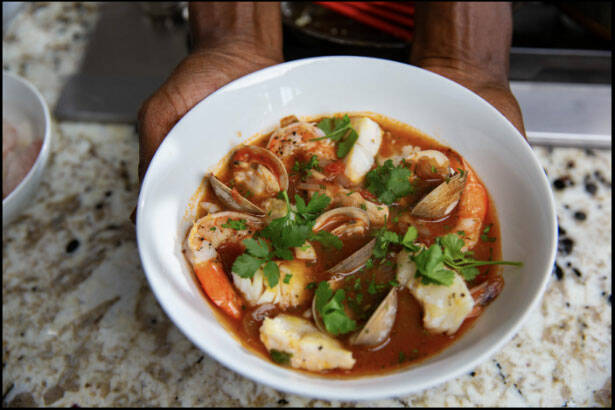



:quality(70)/cloudfront-us-east-1.images.arcpublishing.com/cmg/BPEI2QQ76SHPPOW6X6A6WHEGX4.jpg)
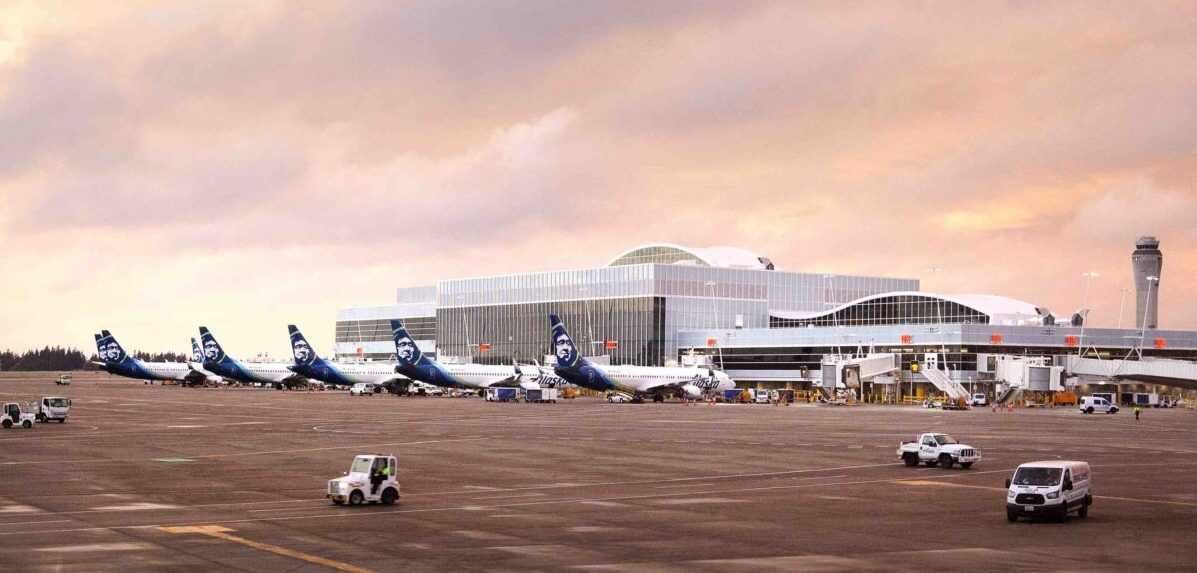

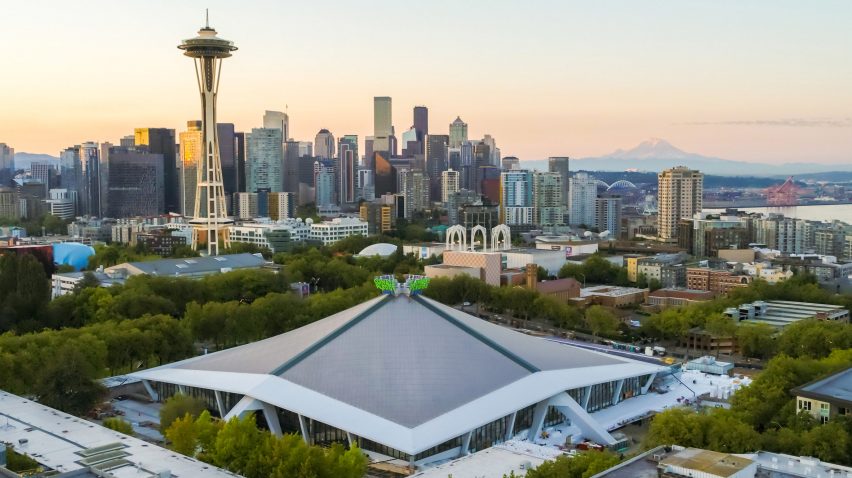

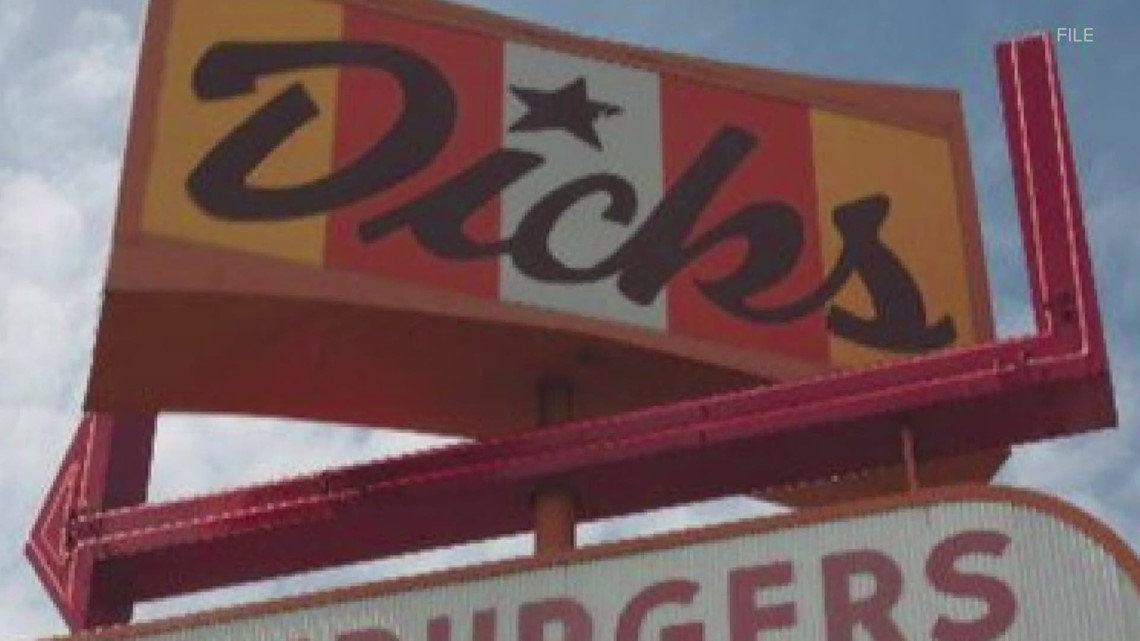
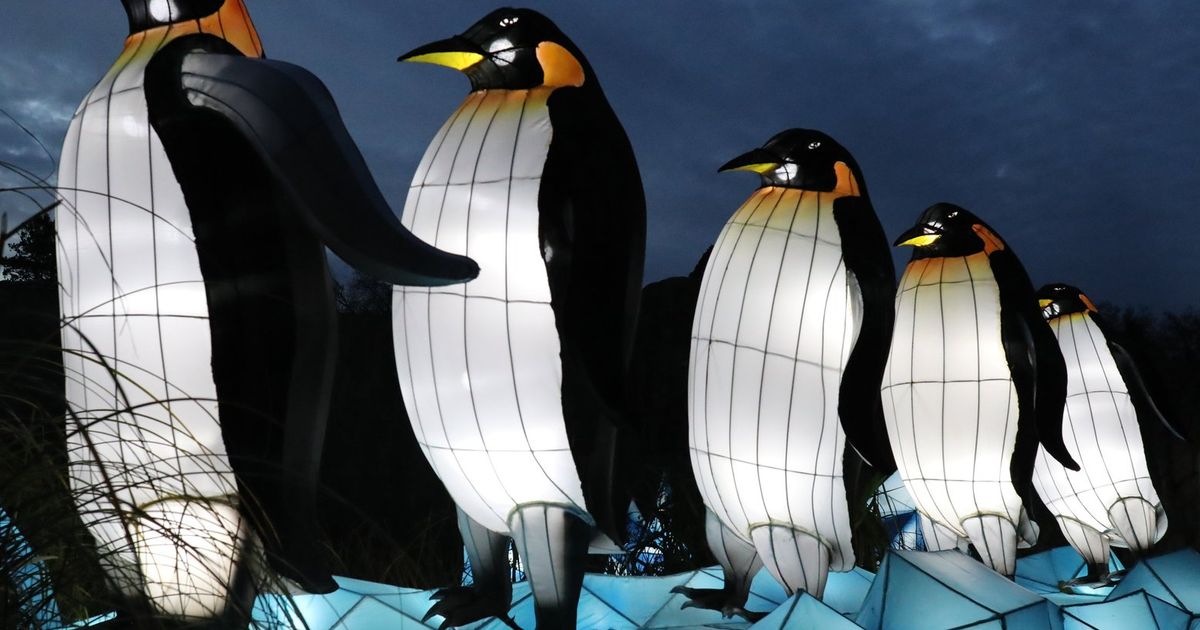







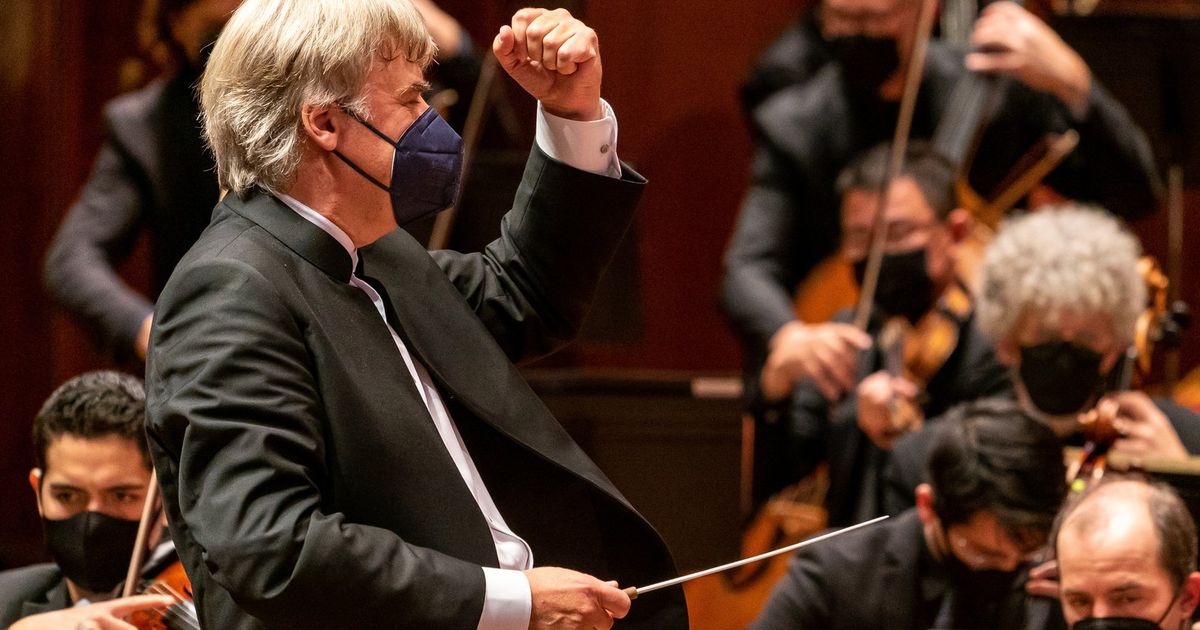


:quality(70)/cloudfront-us-east-1.images.arcpublishing.com/cmg/GLQND2AXQQO2G4O6Q7SICYRJ4A.jpg)




